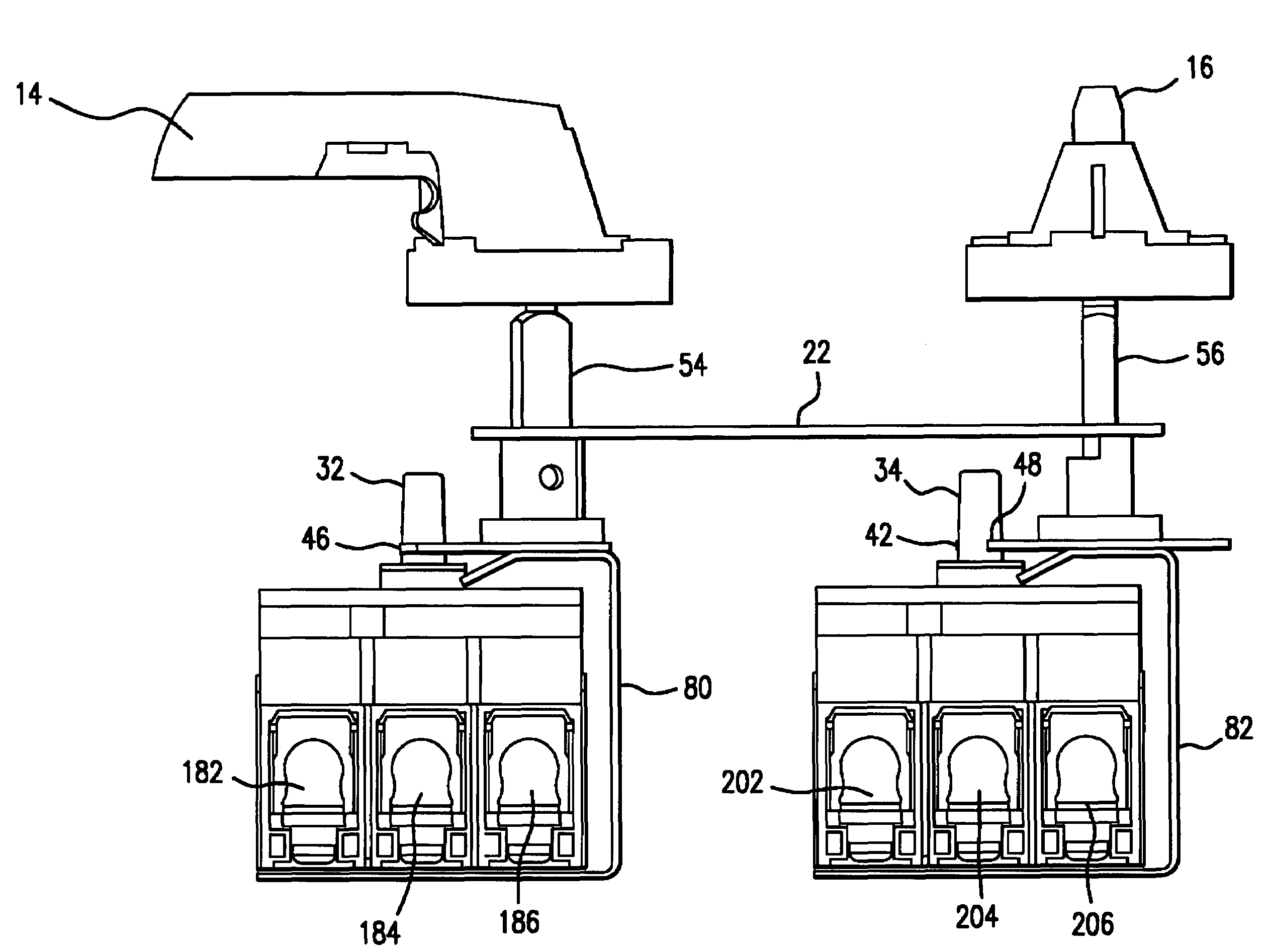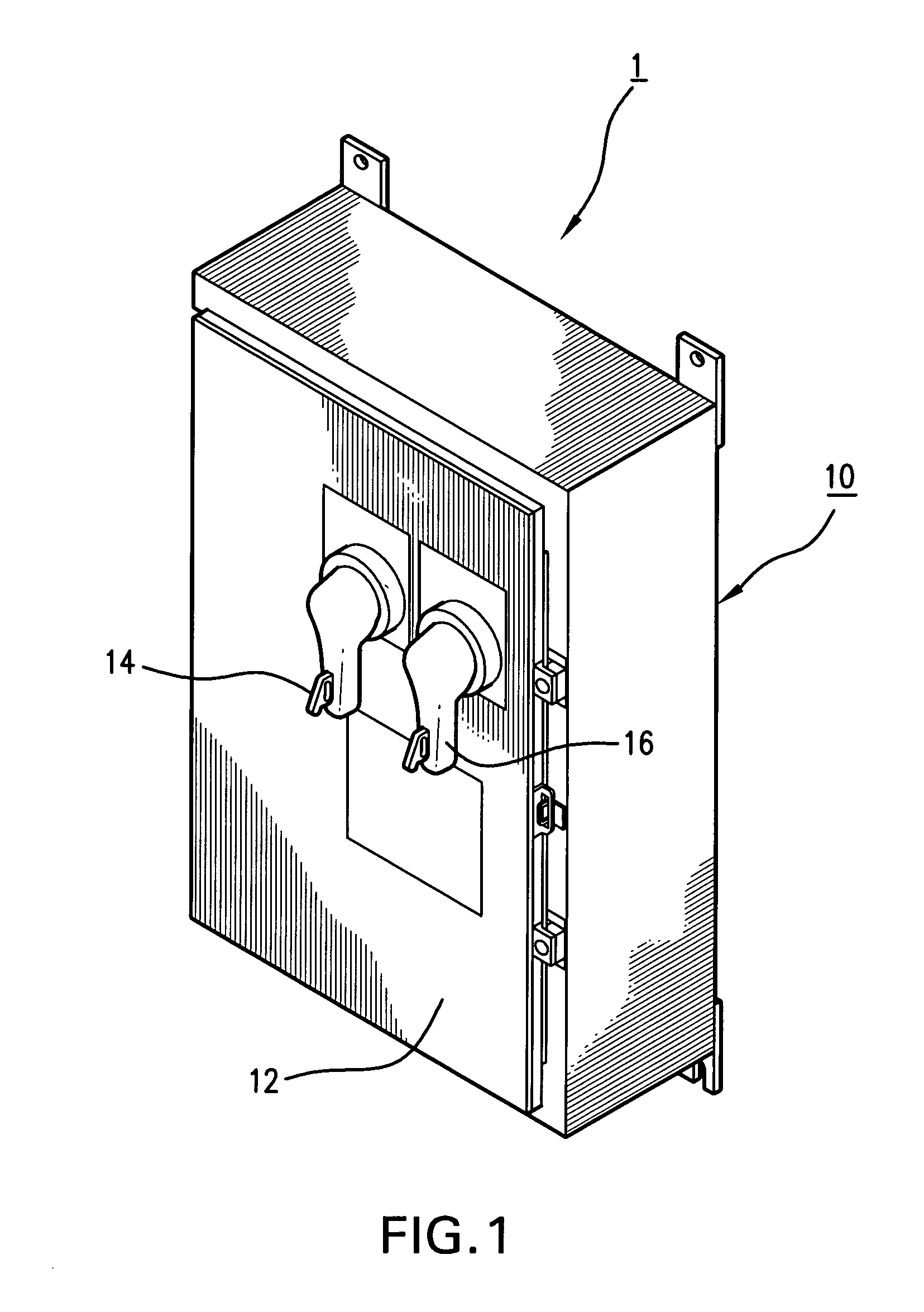This is very important in that any connection that combines generator and utility power together could severely damage equipment and potentially
cause injury to personnel and technicians working on lines assumed to be “dead”.
Unfortunately, due to the safety considerations of the dual pole dual throw break-before-make change over switch, many state and federal laws require that a qualified electrician perform the installation, and in some cases even perform the actual throwing of the switch.
This is complicated further in that most homes use a temporary generator that is generally disconnected until needed.
Generators of this temporary nature must be operated outdoors unless proper exhaust is installed, which usually incurs large costs.
If, to be in compliance with regulations, a certified electrician must come every time the power goes out to make the connection of the temporary generator to the switch-over box, this would be very inconvenient for the user as well as costly and requires that the user go without power until the
technician arrives.
This, however, is the most expensive solution and requires routine maintenance on the switch and generator, as well as an initial installation by a certified electrician.
This method, however, provides no
over current protection and also requires a licensed, certified electrician to connect the generator to the switch and provide regular maintenance.
However, this then requires that replacement fuses be kept on hand if needed and could indeed
expose individuals to live parts when replacing the fuses, thus endangering lives.
Thus, one problem associated with conventional power switches is the
exposure to residents and technicians, even remote from the site under feedback conditions, of live
electrical current.
Another problem associated with conventional transfer switches is the susceptibility to a non-mutually exclusive connection whereby
electrical devices and / or people could be damaged or injured.
Yet another problem associated with conventional transfer switches is the need for a certified electrician for initial install and maintenance and repair with the costs associated therewith being borne by the user.
This makes conventional approaches unattractive and unaffordable to the average household.
It is believed that with the failure of any one of the plurality of turned in tabs, that the system could lead to an improper and dangerous operating condition.
In this situation the user would be able to open the cover and access the internal components and erroneously believing them to be deactivated, could cause grievous bodily injury to themselves.
Further, were a user to attempt to unlodge the turned in tab from the operating slide and attempt to manually engage the generator, believing utility was disconnected when in fact it was not, disastrous consequences could ensue including the destruction of the generator, and / or a back feeding event where utility workers (even those far removed from the users box) may be electrically injured.
Additionally, there is a possibility that a turned in tab could become dislodged from the elongated operating slide in an “on” position and when the elongated operating slide reciprocates in the opposing direction, thus engaging the opposite switch, a user may encounter a situation where both switches are “on” concurrently which could cause a back feeding event resulting in injury and / or damage to generating equipment.
It is also believed that this reference is mechanically limited to edge mounted blade switches.
With this configuration, however, it is believed that there is still the possibility that both utility power and generator could be connected to the same circuit at the same time, thus, also leading potentially to backfeeding situations, dangerous / life threatening situations, and / or destruction of equipment.
Further, no provision is made for connector capability and therefore, it is believed that once again a certified electrician is necessary for installation, routine maintenance, and each
coupling of a temporary generator.
Therefore, the previous state of the art does not provide for a power interconnect safety
transfer switch enclosure whereby a temporary generator can be quickly and easily coupled and uncoupled, a non-certified user being able to legally and safely transfer power from utility to generator, back feeding events are prevented, access is prevented when either of two sources are live, the activation of one power source prevents activation of the other source, and
modularity is afforded to allow the use of universal, off-the-shelf switches or breakers which can provide over-current and instantaneous state transitions, among other benefits.
 Login to View More
Login to View More  Login to View More
Login to View More 


